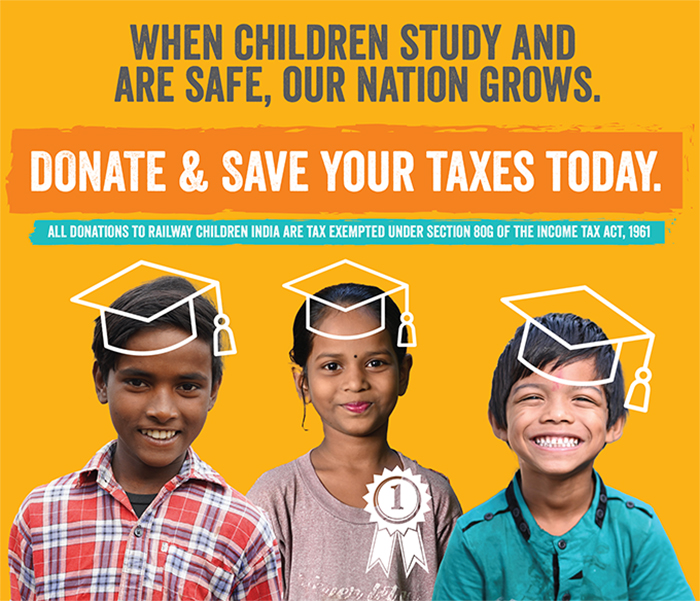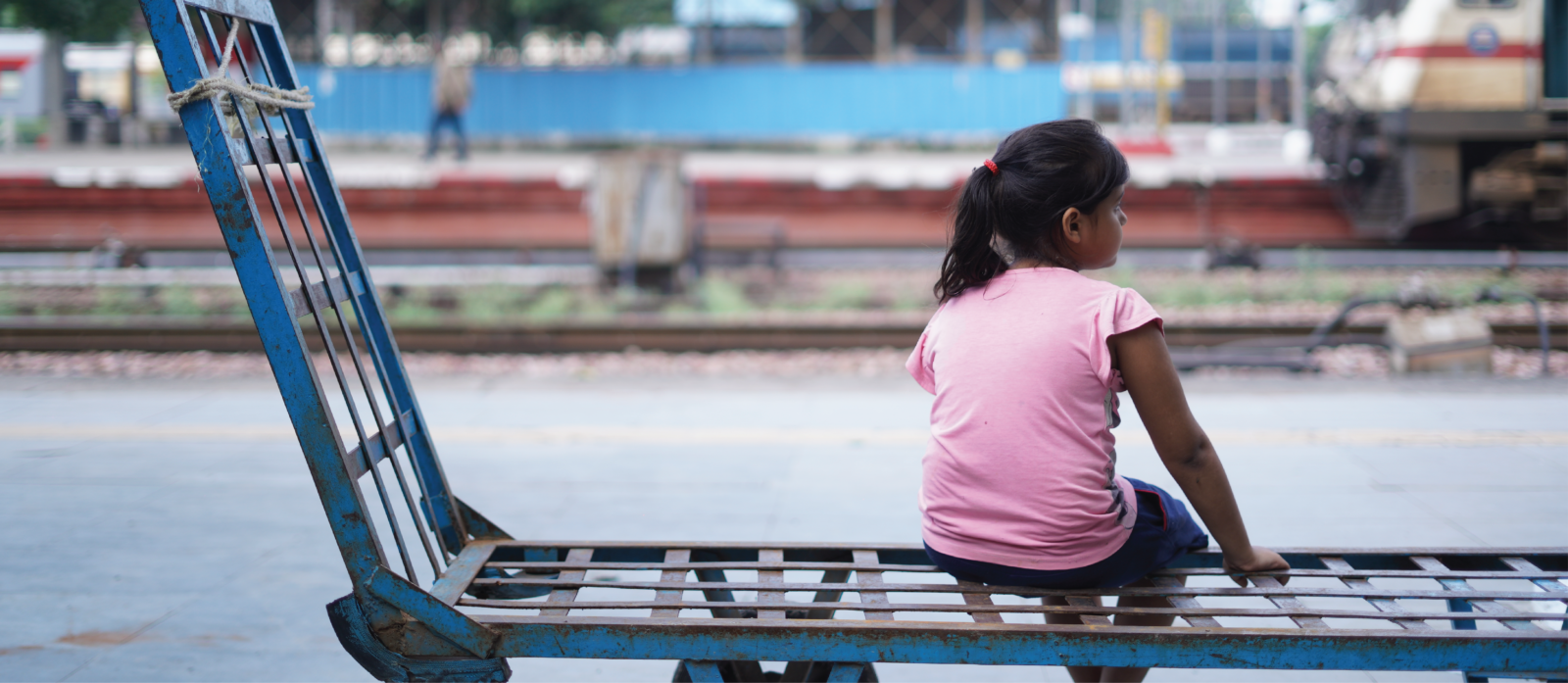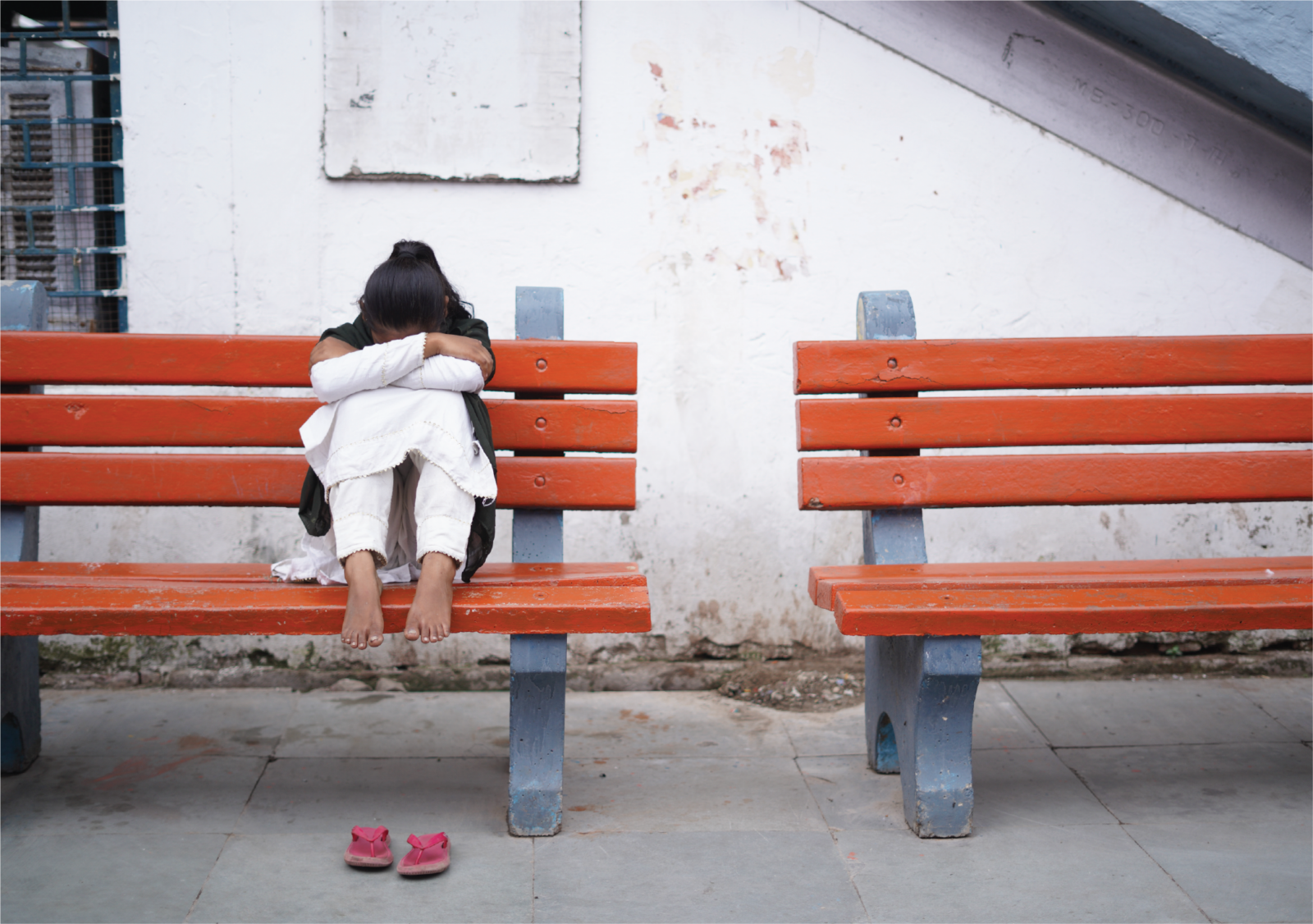Child labour remains a pressing issue in India, where millions of children are still engaged in work that deprives them of their childhood and education. The Child Labour (Prohibition and Regulation) Act, 1986, was enacted to address this concern by prohibiting the employment of children in certain occupations and regulating the conditions of work for children in other employments. Here are 10 things to know about the revolutionary Act.
1.Who’s a Child and Who’s an Adolescent?
Under the Act, a ‘child’ is defined as a person who has not completed 14 years of age, while an ‘adolescent’ is a person who has completed 14 years but has not completed 18 years. This distinction is crucial for determining the applicability of various provisions of the Act.
2. Children Under 14? Work is a No-Go
The Act prohibits the employment of children below the age of 14 years in certain occupations and processes. This includes work in factories, mines, hazardous employment or occupation, domestic work in hotels, motels, restaurants, teashops, and other establishments, construction of roads and buildings, work in circus, and work in ports, docks, or warehouses.
3. Adolescents Can Work, But Only in Safe Spaces
While the employment of children below 14 years is prohibited in certain occupations, adolescents (14 to 18 years) are permitted to work in non-hazardous occupations and processes. However, their working conditions are regulated to ensure their health, safety, and well-being.
4. Hazardous Jobs? Strictly Off-Limits for Teens
The Act prohibits the employment of adolescents in hazardous occupations and processes. This includes work in factories, mines, hazardous employment or occupation, and other similar dangerous environments.
5. Employers Beware: It’s a Serious Crime
Employing a child below the age of 14 years in prohibited occupations is a cognizable offence under the Act. Employers found guilty can face imprisonment for up to two years and/or a fine.
6. Every Employer Must Keep Records
Employers are required to maintain a register of children employed in their establishments. This register should include details such as the child’s name, date of birth, hours of work, and nature of work. This measure ensures transparency and accountability.
7. Posters Required: Know the Rules
Employers are mandated to display in an accessible place the abstracts of sections 3 and 14 of the Act, which list prohibited occupations and processes for children and penalties for violating the provisions of the Act.
8. Rescued Children Deserve a Fresh Start
The Government has created a rehabilitation fund for rescued children. This fund aims to support the education and welfare of children removed from child labour situations. Additionally, states are mandated to prepare and implement a State Action Plan to ensure effective enforcement of the Act.
9. Big Changes Came in 2016
In 2016, the Act was amended to strengthen child protection. The amendment introduced a complete prohibition on the employment of children below 14 years of age in all occupations and processes. It also prohibited the employment of adolescents (14 to 18 years) in hazardous occupations or processes and made stricter punishment for employers contravening the provisions of the Act.
10. National Child Labour Project: A Lifeline
The NCLP Scheme, initiated in 1988 by the Ministry of Labour and Employment, aims to rehabilitate children aged 9 to 12 years engaged in child labour. Under this scheme, identified children are withdrawn from hazardous work and provided with facilities such as non-formal education, vocational training, midday meals, a stipend, and healthcare.
How Railway Children India (RCI) is Making a Difference
The Child Labour (Prohibition and Regulation) Act, 1986, plays a pivotal role in combating child labour in India. While significant progress has been made, challenges remain in ensuring the effective implementation of the Act and addressing issues such as the employment of children in family enterprises and the unorganised sector. Through its outreach programs, Railway Children India (RCI) identifies vulnerable children engaged in hazardous activities like ragpicking, vending, or working at construction sites. Once identified, RCI also works closely with families and community stakeholders to address root causes such as poverty, lack of awareness, and poor access to education. By facilitating school enrolments, creating Child Activity Centers, and mobilizing peer leaders from within the community, RCI not only rescues children from exploitative work but also ensures their long-term reintegration into safe, nurturing environments.







